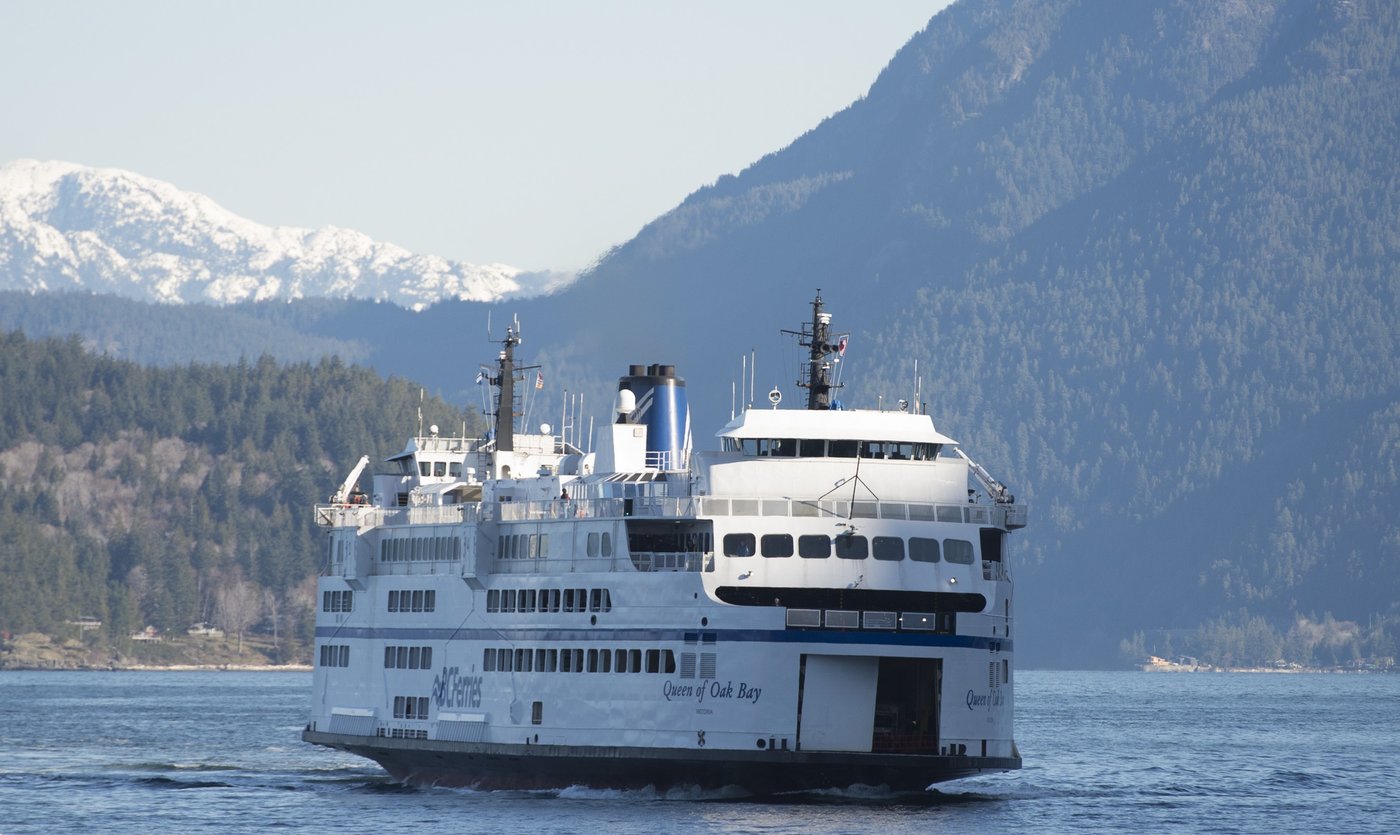Big increase in homeless populations in Penticton, Vernon, Salmon Arm

Homelessness in Penticton has almost doubled over the last seven years, while Vernon also saw an increase of more than 20% in the same time period.
The number of people in Penticton without a home has increased by 80% since 2018, with 194 now experiencing homelessness. In the last two years, the Penticton has seen a 17% increase in homelessness.
The numbers were released in BC Housing's annual Homeless Count, which was conducted in 20 communities across the province and focused on a single day in April.
Across the province, 12 of the 20 communities surveyed saw increases in their homeless population from 2023. Kelowna and Kamloops weren't included in the survey.
The provincial numbers for Vernon show an almost 30% decrease in the homeless population from 2023 to 2025, with the number of Vernon's homeless population dropping from its peak of 279 in 2023 to 199 in 2025.
However, while BC Housing wasn't involved in a Vernon point-in-time homeless count in 2018, the Social Planning Council for the North Okanagan counted 161 unhoused people in Vernon in 2018. While the social planning council used a different methodology, its numbers point to a 24% increase in homelessness in Vernon in the last seven years.
The report also showed Salmon Arm had a 22% increase in homelessness since 2023, with the number of people without a home increasing to 84 this year from 69 in 2023.
In Merritt, 94 people were homeless in April, up from 11 in 2015.
The homeless count also showed that Indigenous Canadians are more likely to end up homeless than the rest of the population. Indigenous Canadians make up more than 30% of the homeless population, while representing seven percent of the population.
More than 80% of those experiencing homelessness are on Income Assistance, and around a third of those surveyed said the reason for being homeless was a lack of income.
Numbers for different cities varied, but between 30% and 40% of homeless people had experienced homelessness in their youth, and around 30% had been in the foster care system.
Around 80% of those surveyed struggled with mental health and substance use issues.
Between 70% and 90% of homeless people had been homeless for more than one year.
Numbers from the cities involved in the homeless count since 2018 show the steep increase in unhoused people across the province, with many cities' homeless populations more than doubling in the last seven years.
Merritt went from recording 11 homeless people in 2018 to 94 in 2025. The City of Cranbrook went from 29 homeless individuals in 2018 to 172 this year.
The number of homeless people in Williams Lake, Smithers, Parksville, Fort St. John, and Campbell River more than doubled from 2018 to 2025.
The full report can be found here.
To contact a reporter for this story, email Ben Bulmer or call (250) 309-5230 or email the editor. You can also submit photos, videos or news tips to the newsroom and be entered to win a monthly prize draw.
We welcome your comments and opinions on our stories but play nice. We won't censor or delete comments unless they contain off-topic statements or links, unnecessary vulgarity, false facts, spam or obviously fake profiles. If you have any concerns about what you see in comments, email the editor in the link above. SUBSCRIBE to our awesome newsletter here.



